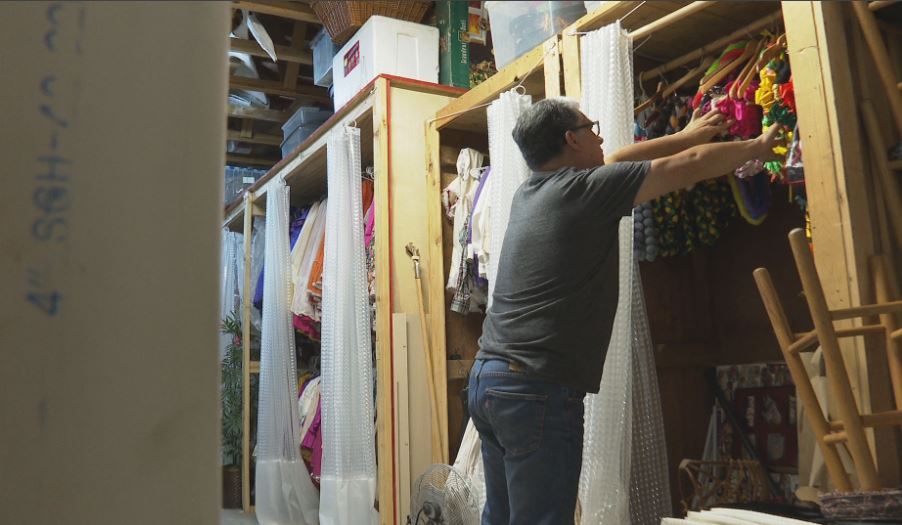AUSTIN (KXAN) — It’s a Hispanic Heritage Month celebration through song and dance. Baile Folklorico translated to folkloric dance brings Mexico’s history to life with each step.
In Austin, Roy Lozano’s Ballet Folklorico de Texas has been doing this for nearly 40 years.
“The culture, the traditions, the music — that’s exactly what represents Ballet Folklorico,” Jesús Antonio Chacón, or Chuy, the artistic director at the dance company said.
Chacón teaches more than just a dance.
“It’s preserving our folklore, it’s preserving our culture, it’s preserving our roots,” he said. He’s been passing on his ancestors’ stories for decades. “You never finish learning about baile folklorico from Mexico,” he said.
From Guanajuato, Michoacan and Chihuahua to Veracruz, Sonora, Yucatán and Jalisco — Chacón says there is a dance for every state and every town.

“You go to Jalisco we have La Negra and Jarabe Tapatio, Veracruz La Bamba, Chiapas Las Chiapanecas, Nuevo León El Potrillo,” he listed. “You name it every state has one specific song that represents the state.”
Many of the dances trace back decades — even centuries — uniting modern-day Mexico with its past.
“Back then there wasn’t a specific God, there was the Sun, the Fire, Earth, and how those elements combine to become a dance and that’s when the Concheros did the dance to their God — that’s how everything is related to now what we do,” Chacón explained.

With every dance, there’s a costume.
“I probably have over four or five thousand costumes,” he said, glancing across his storage room at the rows of dresses, rebozos, tocados and paliacates.
It’s a collection nearly 40 years in the making. From lace and leather to vibrant fabrics with flowers, butterflies and neon colors — they all represent a story and history.
“I will never forget this quote ‘If the wealth of a country is measured by the costumes, the music, the food and the traditions, Mexico will be the richest country on Earth.’ because we have so much to offer. So much,” Chacón smiled.

At Roy Lozano’s, dancers from ages five to 53 take the stage. All of the dancers representing a piece of their heritage.
“It sparks the curiosity of wanting to know more, of wanting to learn more and wanting to dig deeper into the culture,” Jorge Badillo, a dancer said.
“It connects all of our roots whether we are first, second, third or zero generation Mexican-American,” added Diolanda Lovings.
Chacón is proud to say the group carries on the tradition from generation to generation.
“That’s what makes me very proud to be a part of this world of the Ballet Folklorico from Mexico because we have so much to offer,” Chacón said.









